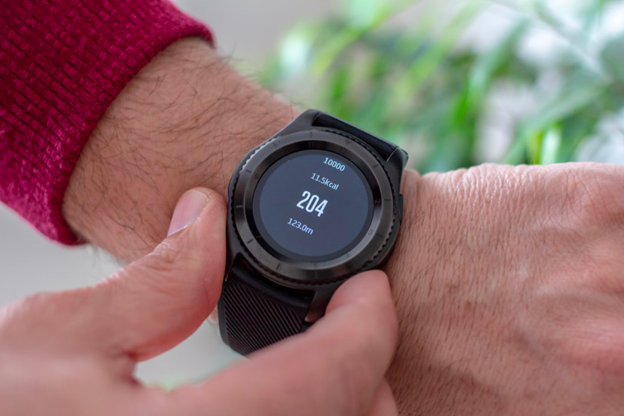Wellness wearables are making significant waves in the healthcare industry. Doctors and nurses can monitor patients’ vitals remotely and gather patient data without leaving the office.
Devices like insulin pumps and pacemakers also send data to devices like phones or tablets. These devices help speed up the treatment time and give people who live with chronic conditions more freedom in their day-to-day lives.
However, many wearable users have serious reservations about patient data and privacy. Medical data can be sensitive, yet many users don’t know how businesses and healthcare providers utilize their information.
Clearing up the confusion is vital for IT professionals and healthcare providers alike. Patients must feel secure in the knowledge that their data is protected, or uptake will falter.
Innovations In Healthcare Wearables
The wearable industry is undergoing a period of rapid expansion. Athletes or health enthusiasts supercharge their workouts using bands and watches that track heart rate, movement speeds, and blood pressure.
Some wearables can even measure minor changes in heart rate variability — the variance in time between the beats of your heart — to help wearers get a better workout.
How Wearables Can Help
The new era of wearables can track conditions like epilepsy, too. Sensors can detect a convulsive seizure before it happens and alert caregivers in real time.
People with low vision or blindness also benefit from advancements in wearable tech. Smart glasses can provide additional information to wearers or connect them with agents who can relay visual information.
Wearable technology is particularly beneficial for patients who live with diabetes. Glucose monitors have been a staple in healthcare for decades.
Still, advancements in continuous glucose monitoring (CGM) systems make it easier for folks with type 1 and 2 diabetes to monitor their health. CGMs allow people to track glucose levels 24/7 and work alongside insulin pumps that administer the needed amount.
Improving Industry Standards
Wearable technology will only improve as 5G connectivity spreads across the nation. People from even the most rural areas will be able to send their health data in real time, without the hassle of commuting to a nearby town or city.
In time, this can close the healthcare gap and ensure everyone has equitable access to healthcare. Wearables can improve compliance and reinforce privacy standards, too. Without a middle-man, data is sent straight from patients to the doctor or nurse needing access to the information.
Healthcare wearables use encryption software to send data to healthcare providers, which must meet General Data Protection Regulation (GDPR) standards. Meeting GDPR standards protects patients and providers by ensuring all data is transferred and stored securely.
Automation In Healthcare
The versatility of wearable has increased the need for digitization and ushered in the healthcare automation era.
Automation doesn’t just speed up data transfer; it improves patient privacy by minimizing human errors and mitigating the need for manual processing. Automated data transfer and entry efficiency and accuracy of will only improve as healthcare workflows become increasingly automated.
Hospitals that utilize wearables can improve patient retention, too. Additional conveniences are a great way to retain patients looking for top-quality service and minimal disruption. Patients that want to use telehealth and wearables will look further afield to find a provider that accommodates their needs.
Wearables don’t just benefit individual users. Data collected via wearables can help policymakers spot trends in public health and suggest changes to law and spending based on objective data.
Some local governments already use wearable devices to track data and make intelligent risk predictions. Even in its infancy, wearables have helped slow the spread of COVID-19 and helped justify funding for interventions for chronic conditions in vulnerable communities.
Cybersecurity Concerns
Automated data transfer should improve privacy and make patient information more secure. Fewer staff members see private information thanks to automated software. Additionally, there is a reduced risk of human error when algorithms process data sets and patient documents.
However, there is a cybersecurity risk that comes with the adoption of wearables. Safeguarding patient data and privacy is integral for providers that wish to utilize smart devices and the Information of Things (IoT) in their practice.
Rapid advancements in RegTech can secure patient data and protect providers from malicious actors. RegTech pushes for increased adoption of standardized compliance security protocols like Single Sign-On (SSO) software and two-factor authentication.
Beyond technological advances that meet cybersecurity demands, there must be significant investment in re-training to meet the needs of the digital age. Healthcare CRMs must undergo revision and redesign to ensure that patient data transmitted by wearables lands in the correct, private data sets.
Wellness Wearables Can Improve Data Protection
Privacy is a top concern for providers and patients alike. However, wellness wearables could improve data protection and minimize the risk of human error. Automated algorithms will need to be firmed up by RegTech and security protocols like SSO software.
